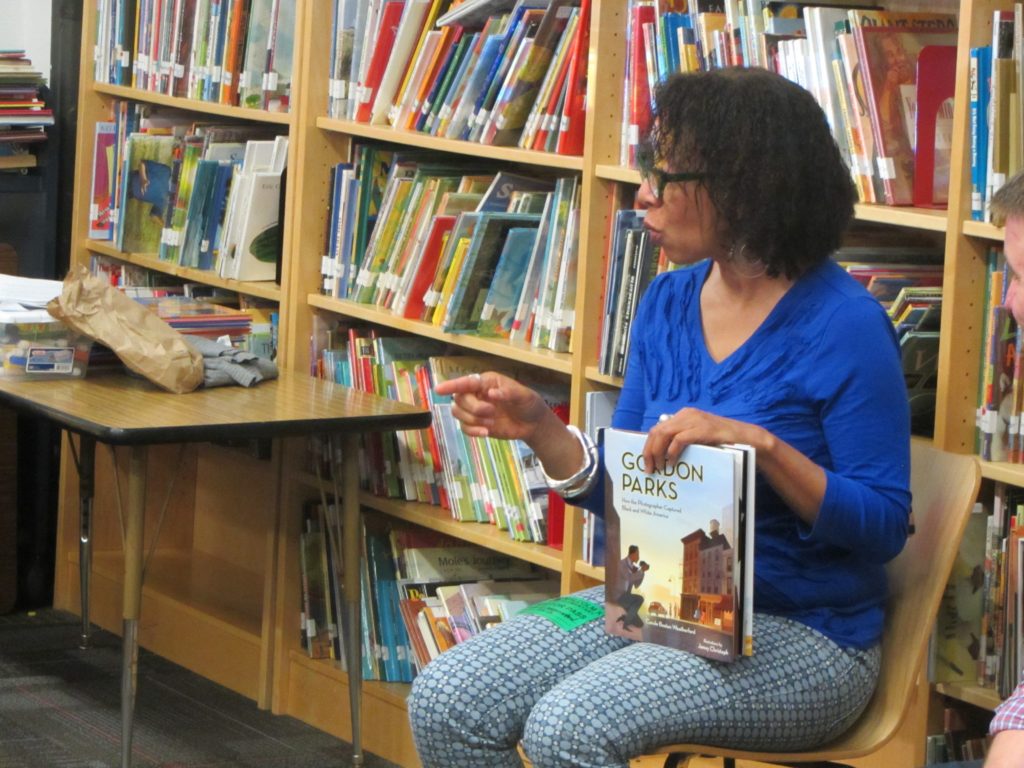
In 1990, the lovely, new building in the picture below opened at 515 Malcom X Boulevard in Harlem.

And, in 1972, the Schomburg Collection is designated a research library of the New York Public Library, becoming the The Schomburg Center for Research in Black Culture. In 1940, two years after his death, the New York Public Library's Division of History, Literature and Prints was renamed the Schomburg Collection of Negro History, Literature and Prints. In 1931, Schomburg was invited to found Fisk University's Negro Collection. Through his tireless efforts writing, researching and tending to his collection, Schomburg established himself as an expert and his friends and peers were a "Who's Who" of the Harlem Renaissance. Carole is very engaging person and will help along other authors.Schomburg also, "navigated a maze of misinformation that stripped Africans' humanity and branded them as less than to justify slavery." In a poem titled, "Whitewash," Weatherford writes of famous historical figures, from John Audubon and Alexander Dumas to Alexander Pushkin and Ludwig van Beethoven, all of whom Schomburg discovered to have African ancestors in their family trees. This law clerks passion was to collect books, letters, music, and art from Africa and the African diaspora and bring to light the achievements of people of African descent through the ages. Her books are well written and her son’s illustrations are excellent. Amid the scholars, poets, authors, and artists of the Harlem Renaissance stood an AfroPuerto Rican named Arturo Schomburg.

Next one who comes to mind is Carole Boston Weatherford, who writes historical fiction such as her book on the Tuskegee Airmen and biographies of people like Harriet Tubman.

The African-American Struggle for Legal Equality in American History

Great African-American Lawyers: Raising the Bar of Freedom The Carolina Parakeet: America’s Lost Parrot in Art and Memory Moses: When Harriet Tubman Led Her People to Freedomįreedom on the Menu: The Greensboro Sit-insĬhampions on the Bench: The 1955 Cannon Street YMCA All-Stars* The Beatitudes: From Slavery to Civil Rightsīefore John Was a Jazz Giant: A Song of John Coltrane The Roots of Rap: 16 Bars on the 4 Pillars of Hip Hop Voice of Freedom: Fannie Lou Hamer, Spirit of the Civil Rights Movement


 0 kommentar(er)
0 kommentar(er)
